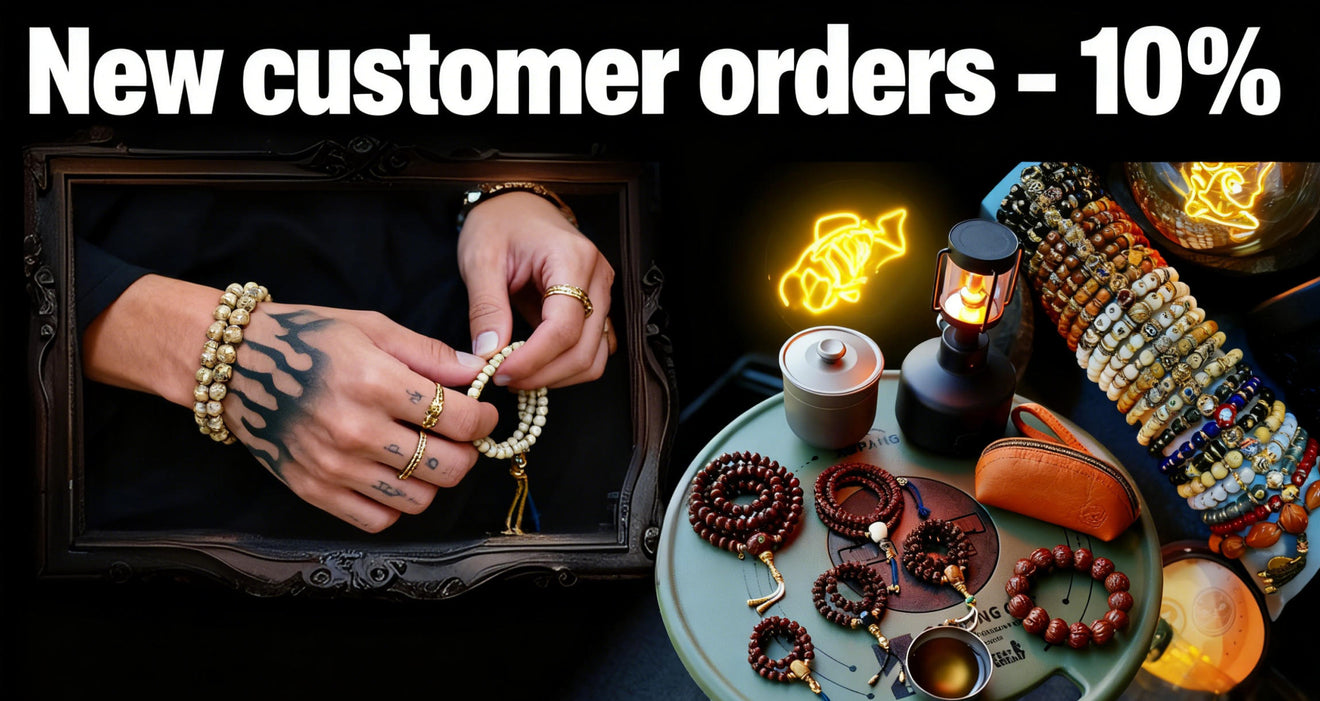
Inside the elaborate network among Tibetan sacred practices lie two compelling artifacts: the artistic thangka and spiritual bodhi gem. All individually, in distinct form, function to connect with higher wisdom. The thangka, a colorful canvas, shows holy beings, mystical shapes, or doctrinal episodes, providing insight for inner reflection.
Meanwhile, the bodhi bead, often crafted from fine gems, timber, nuts, or osseous tissue, is a tangible reminder of Buddha's enlightenment under the bodhi tree. Employing the beads assists in mental stillness.
- Together, the thangka and the bodhi bead symbolize the path to liberation. They offer a tangible link to the eternal truths of Tibetan Buddhism.
Stories Told by Camel Skeletons
Throughout historic ages, old treasures whisper tales of a world long elapsed. These are not precious objects in forgotten empires, but unpretentious camel bones inscribed with glyphs that harbor the enigmas of a bygone era. All elements preserve the echo originating from a life lived, a journey traveled, and a connection to the ancestral wisdom that encloses us all.
- It
- Tokens
- Serve
A Symphony of Symbols: Unveiling the Secrets of Thangka Art
Tangkas are eye-catching paintings on canvas, meticulously crafted by Tibetan artists to depict spiritual figures and scenes from Buddhist traditions. Each detail within a thangka is laden with value, forming a complex tapestry of visual narratives that guide the viewer on a inner journey. The tones used in thangkas are not merely aesthetic choices but carry fundamental connotations, representing different aspects of the Buddhist teachings. From the stoic figures to the intricate layouts, thangkas offer a glimpse into the rich world of Tibetan Buddhism, inviting us to reflect upon its knowledge.
- Authentic thangka art often depicts key Buddhist figures such as Buddha Shakyamuni, Bodhisattvas like Avalokiteshvara and Manjushri, and enlightened beings from various lineages of Tibetan Buddhism.
- Within these representations lies a wealth of insight that can be decoded by those who examine the symbolic language of thangkas.
Awakened One's Path to Enlightenment: Embodied in Beads and Bone
Upon the winding track to awakening, the Buddha exercised insignia imbued with profound value. Separate bead and material held within them the quintessence of his enlightenment, exhibiting glimpses into the matrix of reality. Alongside their figure, the Buddha delivered profound knowledges that exceed the realm of mundane perception.
From the sacred beads, crafted from unique materials, issued vibrations that echoed with the deepest waves within. The structure of a being, meticulously transformed into relics, served as tangible markers of the impermanence fundamental to all creatures.
Thangkas: Windows into Himalayan Spirituality
Thangkas vivid paintings on cloth serve as potent representations of Himalayan spirituality. These intricate works of art, meticulously created with refined brushstrokes, depict a vast array featuring Buddhist deities, mandalas, and scenes from holy scriptures. Each thangka is an instructive medium for meditation and contemplation, offering understanding into the complex teachings of Buddhism.
- They are often used in ritual ceremonies as part of
- transcending states of spiritual clarity.
- Thangkas exist not merely decorative elements but rather portals into the rich and spellbinding world of Himalayan spiritual traditions.
Bodhi Beads: Embracing Mindfulness and Cultivating Compassion
Each jewel on a bodhi bead mala whispers tales of ancient wisdom, guiding us on a venture through the tranquil waters of mindfulness. As we carry these intricately designed beads, our fingers trace the contours of separate one, anchoring our cognition in the present moment. The gentle feel of the beads against our palms serves as a tangible reminder to respire, fostering a sense of equanimity.
- With every bead that passes between our fingers, we foster compassion, extending it first to ourselves and then outward to the world.
- Spiritual doctrines teaches us that mindfulness is a method that requires patience and steadfastness.
Through the rhythmic repetition of mantra or simply the mindful observation of the beads, we liberate from the relentless chatter of the mind.
The practice incorporating bodhi beads is a soft invitation to reestablish our connection with ourselves and the world around us.
Intentional Craftsmanship: Making Camel Bone Bracelets for Inner Evolution
Resolve forms a significant motivator in our lives, shaping our experiences and guiding us towards our fated course. When we combine this intention with the ancestral experience of crafting a camel bone bracelet, we create a potent synergy that can expedite our spiritual growth.Camel bone holds spiritual depth, representing stamina. Its natural beauty and vintage attractiveness serve as a constant reminder of the divine force within each of us.Once bones are chosen with care, flow affirmations into the bracelet. With every knot or join, we integrate our hopes, dreams, and aspirations for spiritual evolution. This act of creation becomes a meditative practice, merging us with our inner wisdom and guiding us on a voyage of awakening.- Allow the bone’s pigments to mirror your sacred objectives.
- Channel your willpower throughout the weaving process.
Exploring Camel Bone as a Buddhist Symbol
In the rich tapestry embedded in Buddhist tradition, artifacts often hold profound symbolic meaning. Within these varied objects, camel bone stands out as a exceptional and absorbing element. Across history, this material has been incorporated in the crafting of various Buddhist artifacts, each imbued with specific meanings.
- Perceived as a symbol of resilience and strength due to the camel's ability to persist in harsh environments, camel bone often reflects spiritual fortitude.
- Coupled with, the color and texture concerning camel bone are believed at some to hold auspicious connotations, manifesting purity and serenity.
Wherefore, camel bone has become a meaningful part of Buddhist folklore, serving as a tangible relation to the profound teachings of this ancient faith.
Thangka Art: Weaving Tales of Divinity
Within the ethereal realm of Tibetan Buddhism, Thangka paintings emerge as sacred portals to enlightenment. These exquisite works, meticulously crafted by skilled artists known as thangkapa, depict a myriad with a spectrum of vibrant deities, celestial beings, and mythical creatures. Each brushstroke infuses profound spiritual significance, narrating ancient tales and philosophical theories.
- Displaying a vast compendium of Buddhist iconography, Thangkas serve as both devotional objects and instructional tools. Reverent practitioners gaze upon these paintings during rituals and meditations, seeking to attain spiritual wisdom.
- Beautifully adorned with intricate details decorated with numerous vibrant hues, Thangkas are considered windows into the divine. All painting acts as a symbolic representation of the Deity's teachings and the path to liberation.
With the aid of their forceful imagery and symbolism, Thangka paintings offer a glimpse into the rich doctrinal traditions of Tibet. They are a testament to the enduring skill of Tibetan art and its profound ability to awakening.
Embracing the Duality: Thangkas and the Cycle of Life and Death
Thangkas, radiant pictorial scrolls from Tibetan culture, embody a meaningful examination of life’s transience. Each intricate depiction depicts deities and beings engaged in the evolving expedition of life and death, a symphony of birth, growth, impermanence, and regeneration. The artists skillfully merge these concepts within the thangka's cosmos, highlighting the balance of all things. Through vivid emblems, they invite us to speculate on our own existence. The cycle revolves, a flow of coming and going, stressing the preciousness of each moment. By embracing this duality, thangkas teach us to respect the beauty in both life's joys and sorrows.String of Mindfulness: The Significance of Bracelets in Buddhist Practice
In the intricate tapestry of Buddhist practice, seemingly modest objects often hold profound meaning. Among these are bracelets, which serve as tangible signs of devotion and commitment to the doctrine of Buddha. Worn on the wrist, a bracelet performs as a constant reminder of one's aspirations and dreams. It can mirror the impermanence of life, encouraging practitioners to remain grounded in the present moment. Some bracelets may incorporate sacred symbols, such as mantras or the names of Buddhas, which are believed to invoke positive energy and preservation. Others may be made from matter with spiritual significance, like sandalwood or lotus seeds, improving the bracelet's force. Ultimately, the significance of a Buddhist bracelet originates far beyond its physical form. It becomes a powerful tool for quietude, a trigger to live in harmony with the yoga life teachings of Buddha, and a fount of one's unwavering belief.